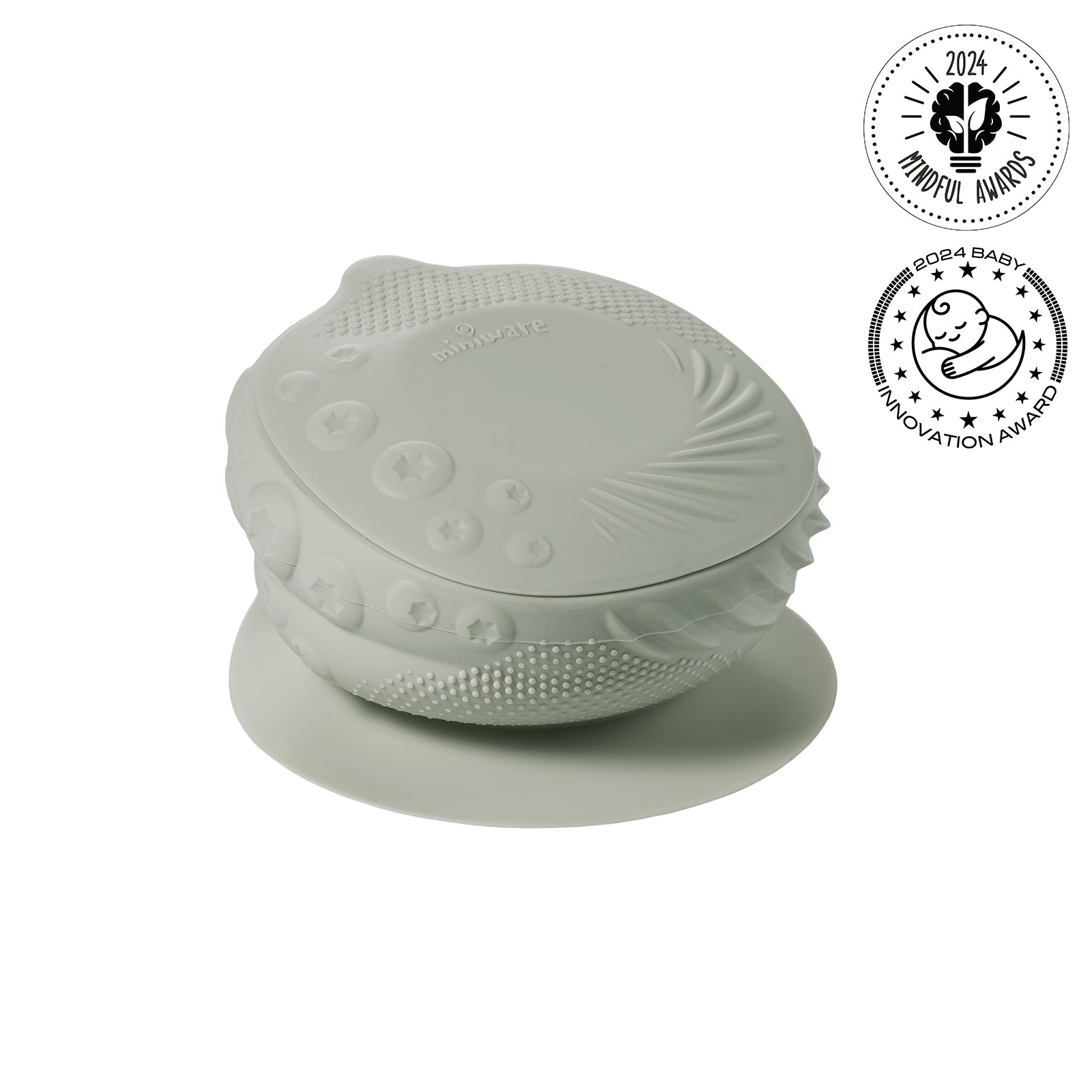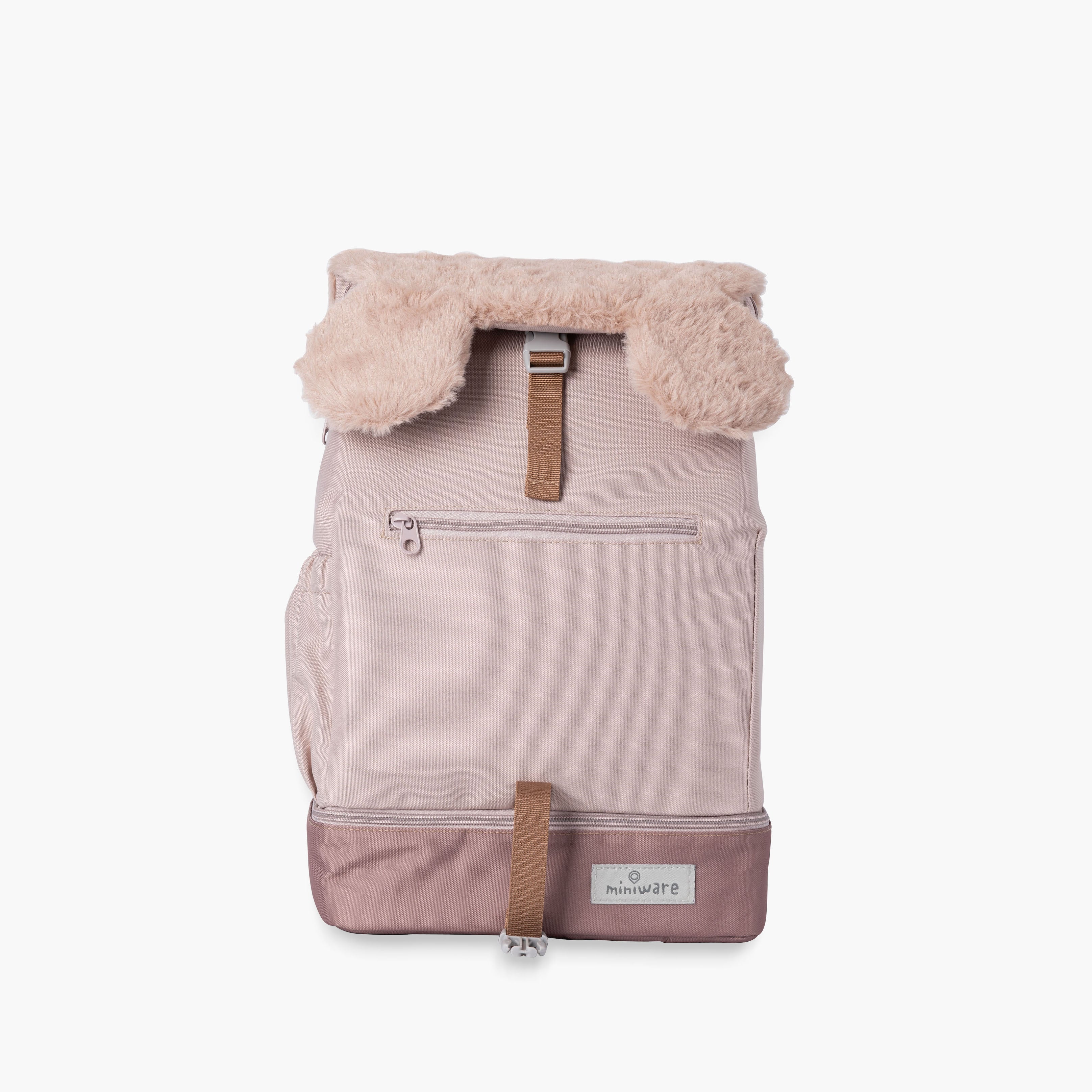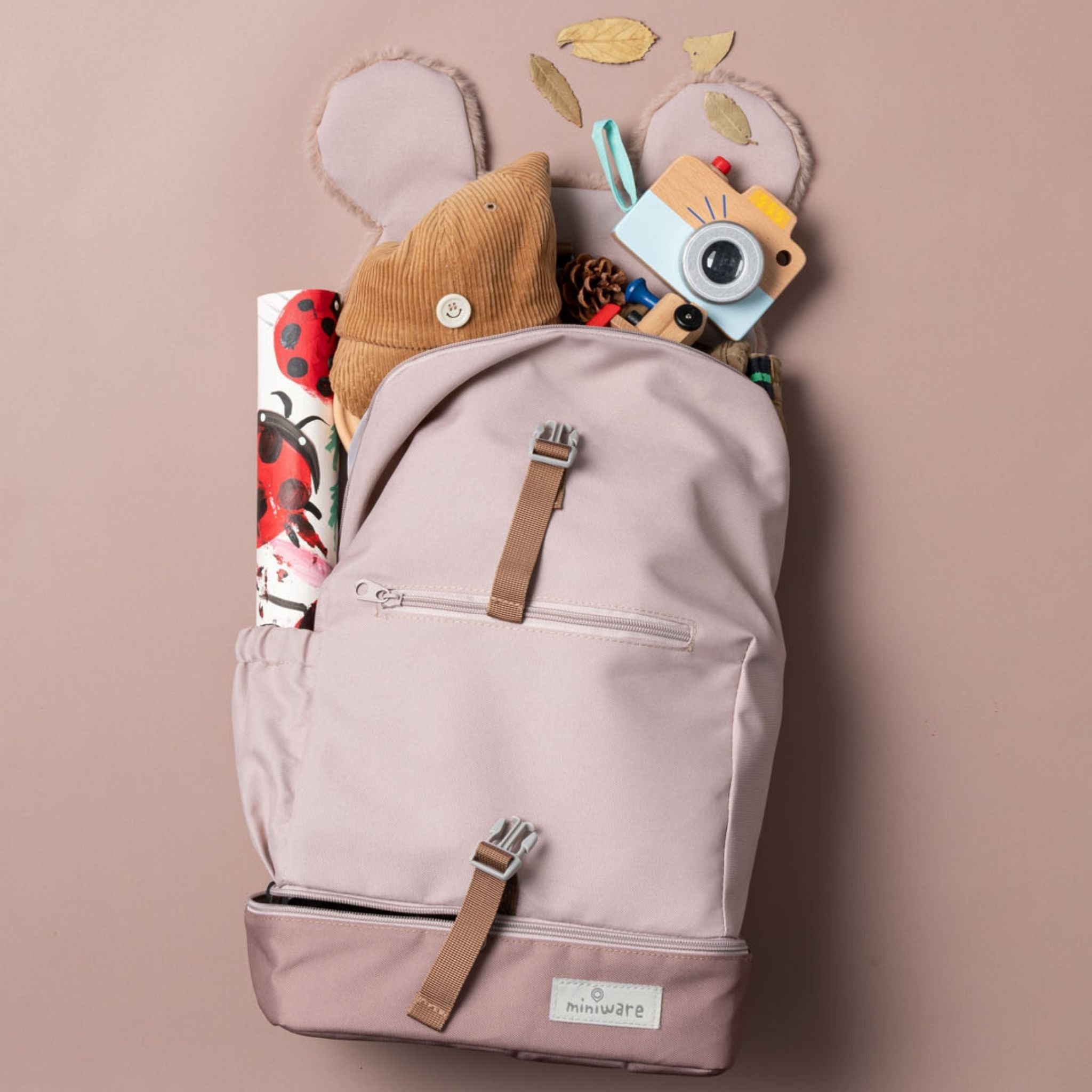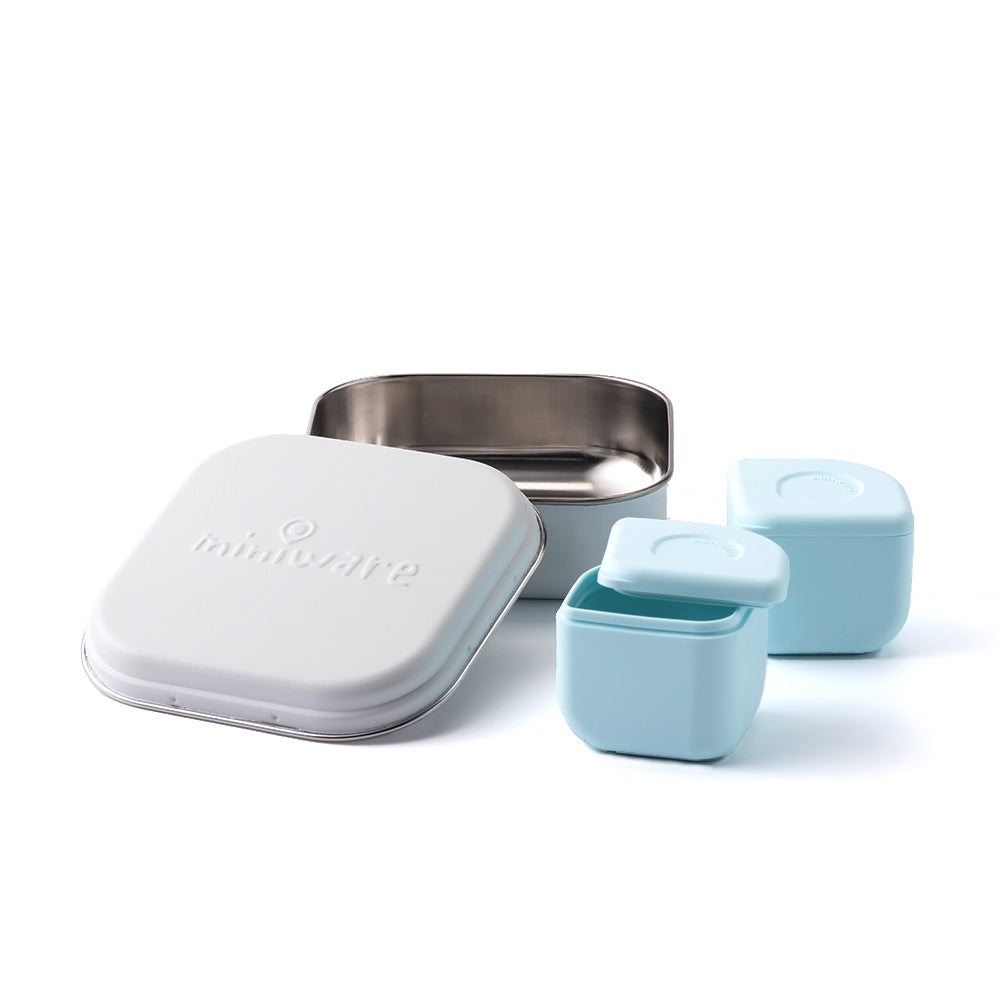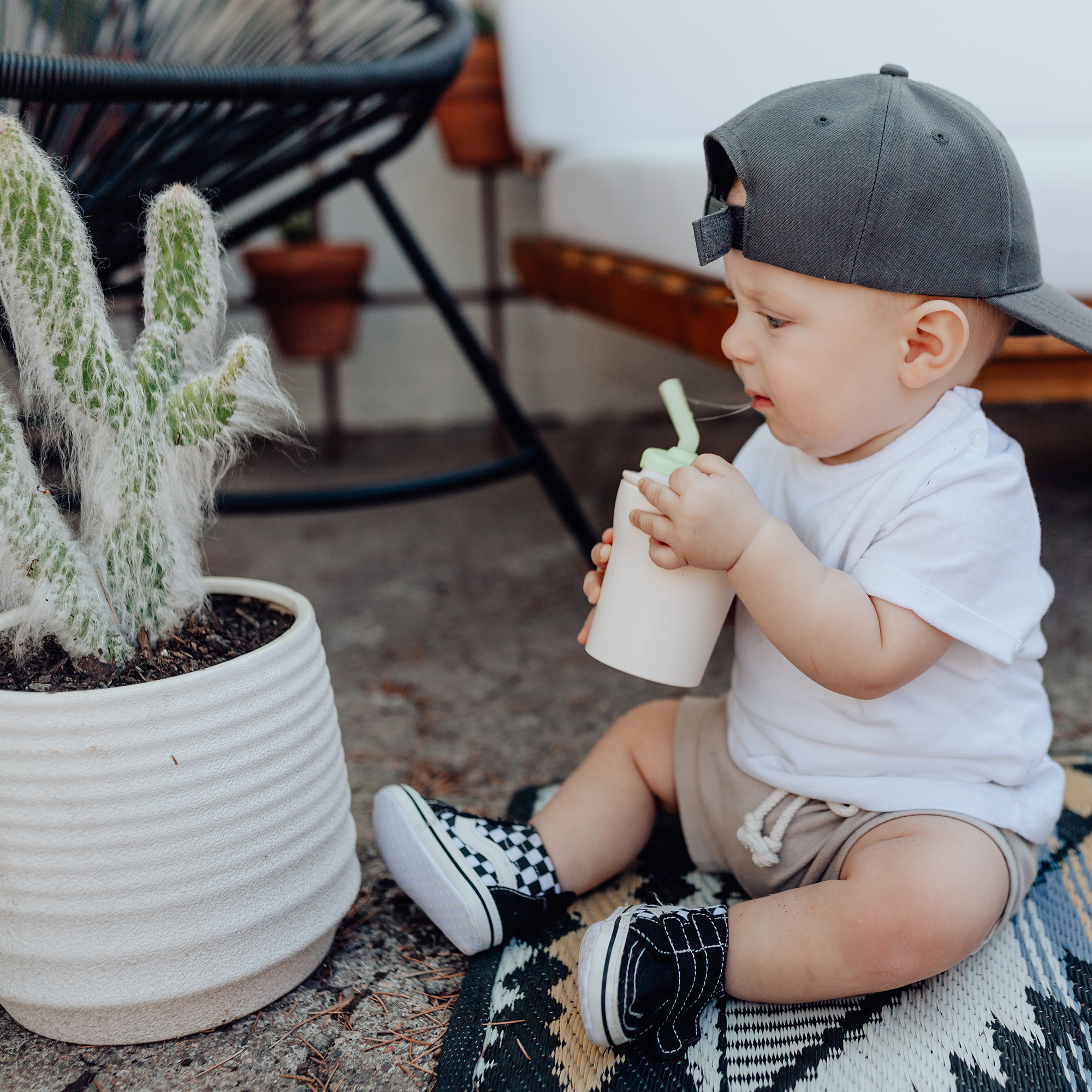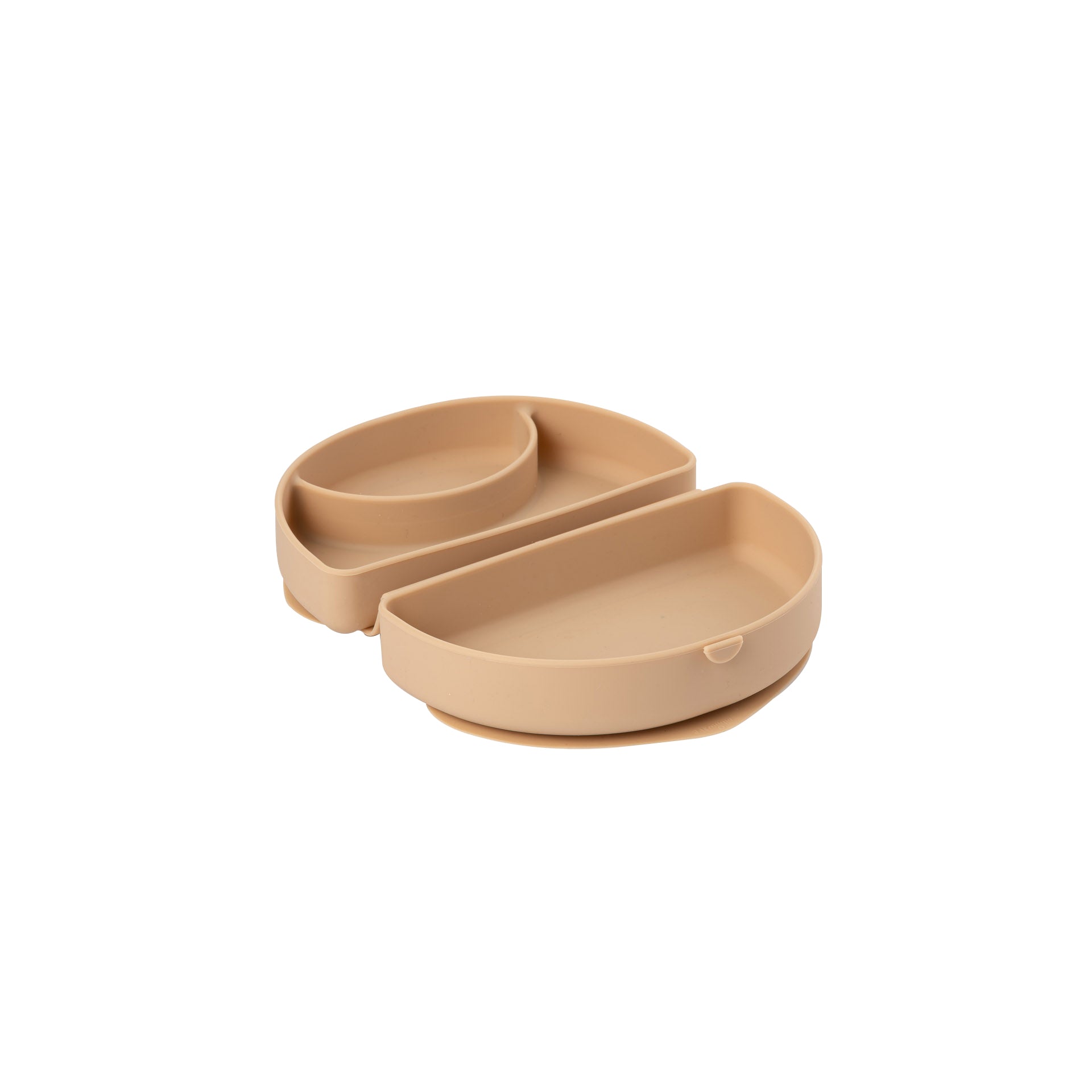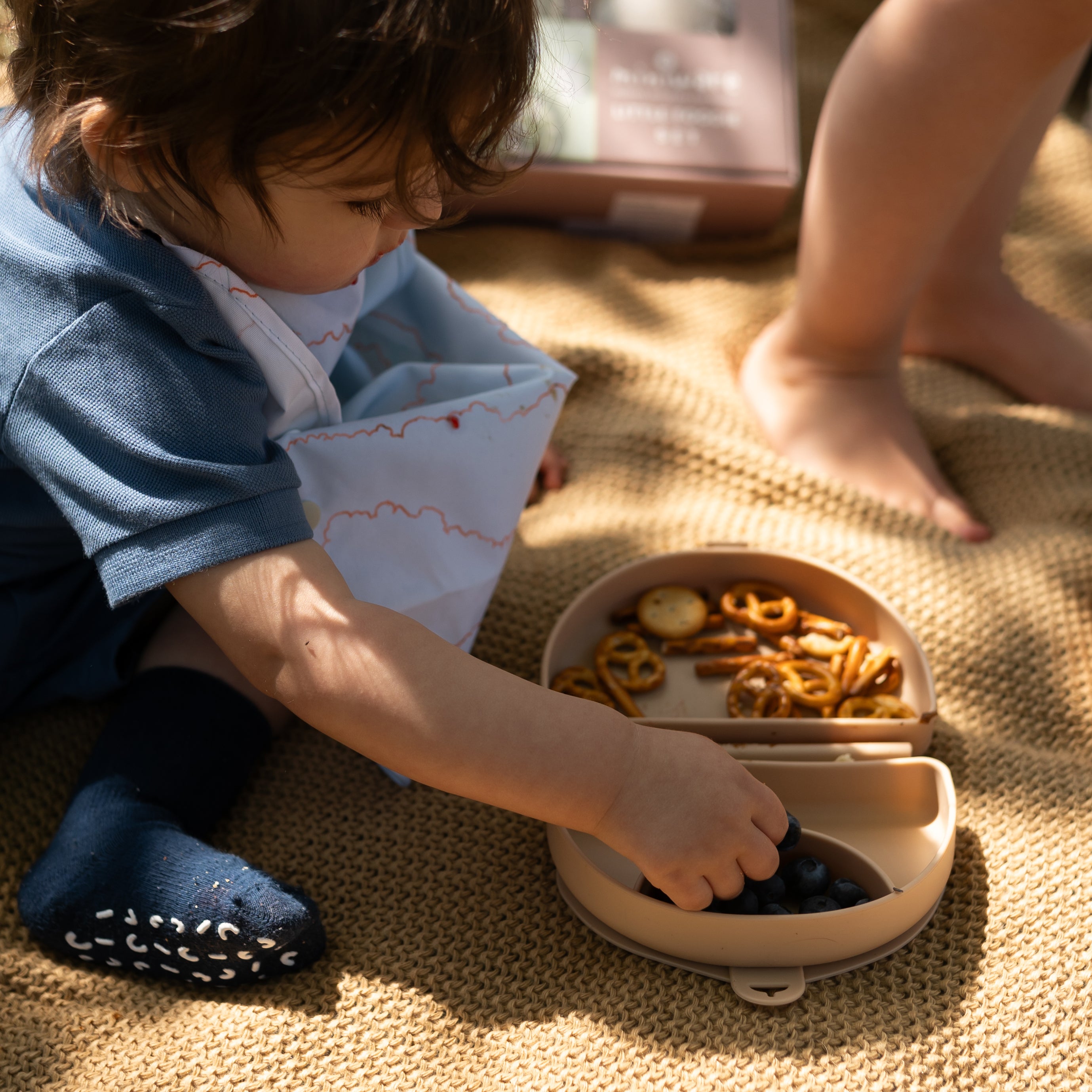Not All Bamboo Baby Products Are Made The Same
Like many concerned parents, we are trying our best to raise our kids in a happy, healthy environment. Many products are on the market today claiming to be eco-friendly and non-toxic for babies. It can be a challenge choosing which ones to pick.
We’re happy to see bamboo fiber products are gaining popularity. Compared to wood and even carved bamboo dishes, bamboo fiber is more adaptable and easier to use and clean. Still, it can be confusing to know which bamboo baby products are best with so many options available. Below is a two-step guide to evaluating bamboo fiber tableware to help you select products that truly are healthy, non-toxic and functional for baby.
Step One: Ensure the bamboo fiber is not infused with plastic.
We don’t recommend products that infuse plastic with natural compounds. They carry the same toxin concerns as regular plastic products in terms of leaching chemicals into food. Additionally, these types of products can’t be recycled because of the combination of two materials types. Many infused products claim to be biodegradable but that’s not entirely true. The natural fibers may be biodegradable but the small plastic particles will last forever in our water and landfills contributing to a growing micro-plastic problem in the environment.
You’ll find the most commonly infused bamboo products are infused with PP or food-grade melamine. The FDA states that the chemicals in melamine will not migrate or transfer into food products as long your food is not heated to 160 degrees Fahrenheit or higher. This can be a cause for concern if you reheat soup, puree or other cooked foods in the microwave. Toxins can also transfer through contact with boiling hot food or even due to a food’s acidity or oil content! The toxins in melamine can directly affect baby’s inner organs, especially kidney function. It’s best not to take such risks with your child’s health!
Here’s how you can tell which bamboo products are likely infused with plastic:
Flexibility - Bamboo fiber and natural resin binders are non-flexible compounds. If you find a bamboo product that’s flexible (such as clip-on products) and unbreakable (won't crack under impact like dropping from a height or pressed by heavy weight), this means it has materials infused, usually plastic.
Weight: Bamboo dishes are usually thicker and denser than plastic or plastic-infused products, especially dishes that are made to last. High-quality natural bamboo products can typically last 3 to 4 years with regular use. If you find lightweight bamboo dishes that boast extended product life, you can be sure they’re likely infused with plastic material like melamine.
Price: Traditional heat-press processing for bamboo fiber is slower than that of plastic or plastic injection methods which results in a higher production cost. Heat-pressing combines compounds like bamboo powder, plant fibers and natural dyes through the application of pressure and heat, a natural process that’s free from chemical additives. This process also results in defects in some products like bumps or uneven coloring which requires them to be remade. Plastic products are created by filling a mold with a mixture of chemical dyes and plastic then popping out copies of the exact same product, a much faster, cheaper and more toxic process.
You can’t tell whether a bamboo product is 100% natural by price alone but factored into the other considerations, it can be a tip-off.
Step Two: Check that the product is designed specifically for children.
Children’s dishware differs from adult dishes in several ways and not just in size. Children are constantly growing and developing new skills, so a good bamboo child’s set will have features to help them learn.
You can identify a child-friendly design by these important points:
Ergonomics – Your baby needs help to learn and master eating skills. A good design will help kids enjoy learning how to self-feed instead feeling frustrated during meal time. A stable dish is a big help, so always look for dishes that will remain in place, like our Miniware plates and bowls with removable suction feet which prevent knock-over spills and accidents.
Size is also important. Many baby tableware sets are very cute and small but those don’t help your baby learn to feed themselves! Small children actually need more feeding space and chunky, round-handled utensils to practice scooping and spearing foods properly.
Longevity and Versatility - Kids grow fast, especially their first 5 years. You want dishware that can support your kids throughout these growth stages. Tiny spoons and little bowls that can only be used for three months is not only wasteful but not budget-friendly either.
We suggest looking for designs are properly sized with interchangeable accessories that can grow with your kids. Also, look for dishes that are useful in many scenarios. A cup that can act like a small bowl? Great! A bowl with lid you can use as storage? Even better! Keep in mind, your baby will crave different foods as they grow up, buy dishes and tableware that isn’t designed for a single function and can be used with all types of food.
If you’re looking for award-winning designs and non-toxic children dishware, Miniware is a good place to start exploring the world of safe, eco-friendly, natural dishware for your kiddos.
